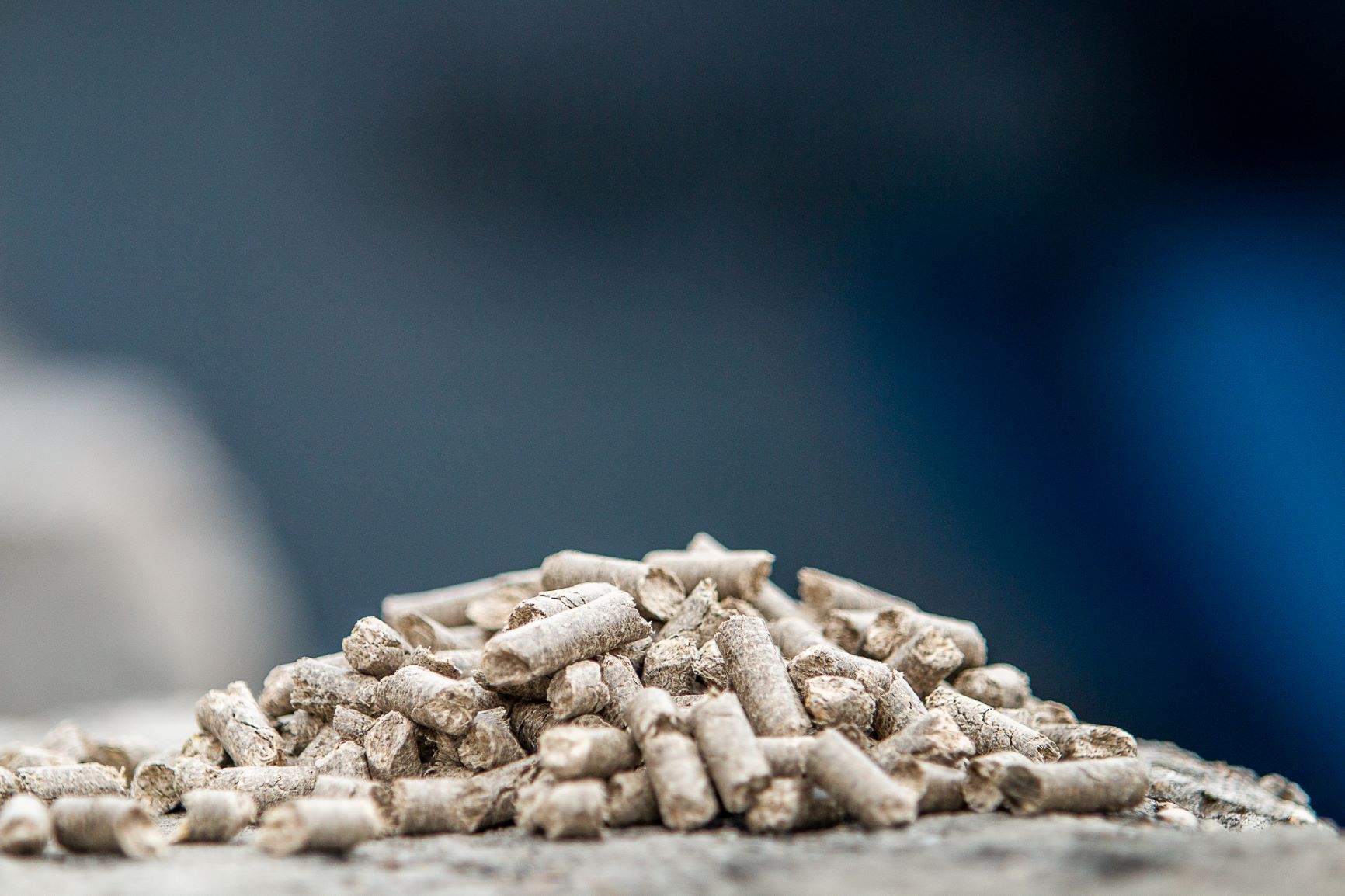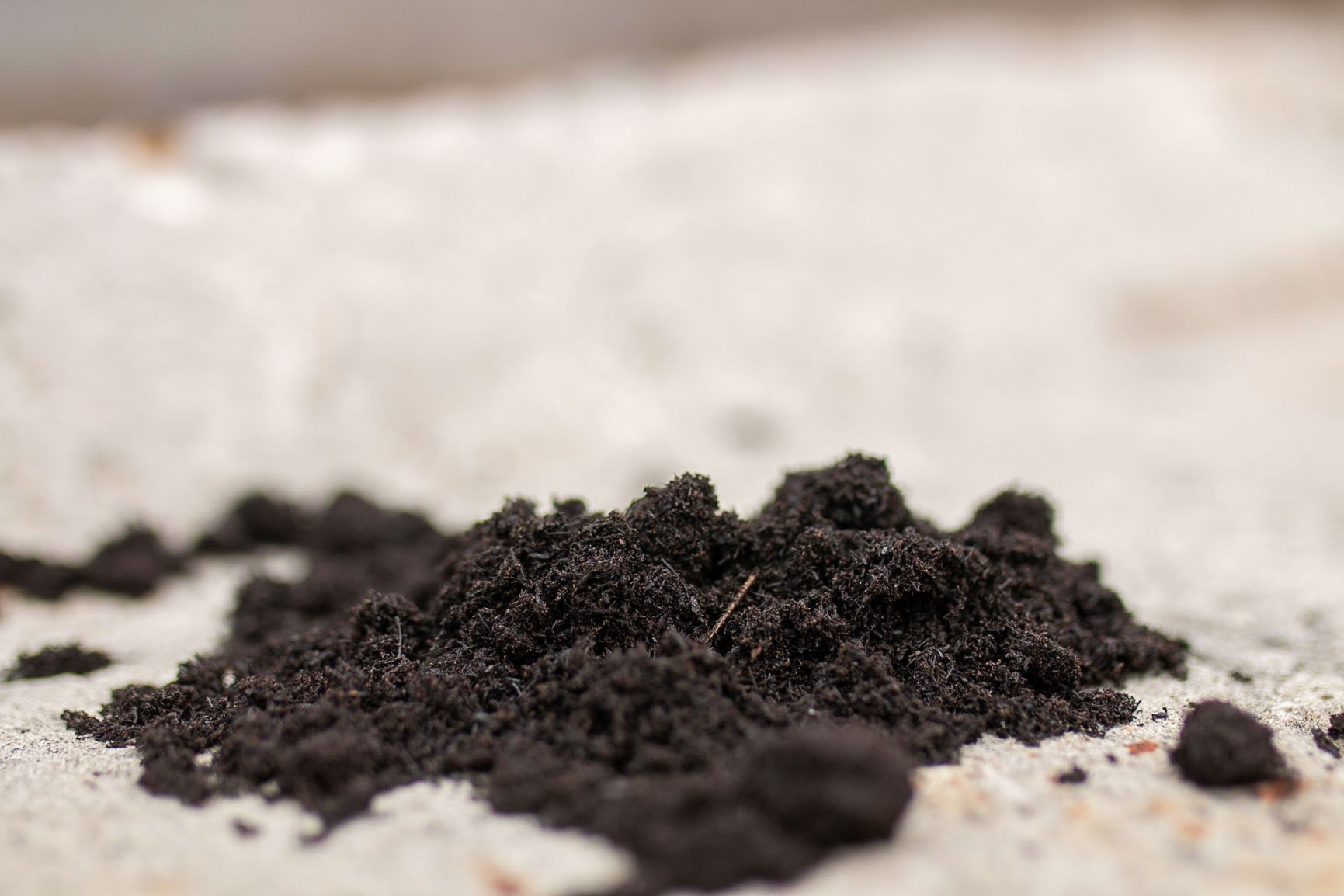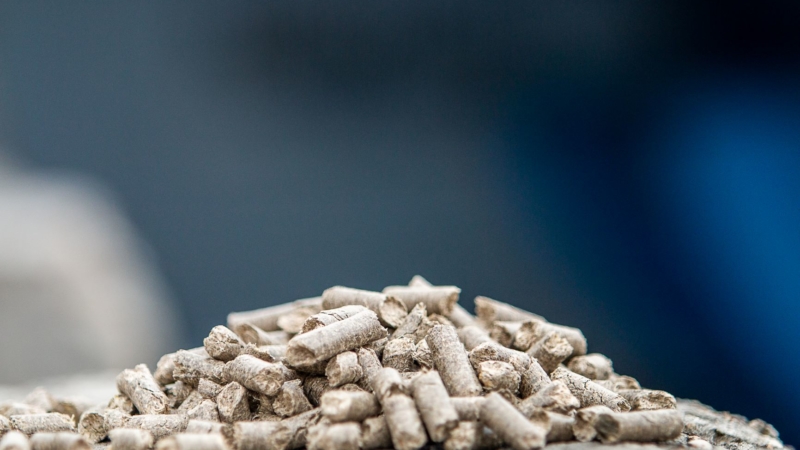Waste Not: From Sugarcane Waste to Sustainable Power Source
Louisiana is known for its flat bayous – not exactly its rolling hills.
But outside each of Louisiana’s 11 sugar mills, there stands a hill of bagasse. Bagasse is the fibrous material that’s left over after the sugar juice is squeezed out of sugarcane stalks.
American BioCarbon is a Louisiana-based company that’s helping turn bagasse into a sustainable energy source as well as a carbon-rich product that can be returned to the soil.
Bagasse has long been used in the sugarcane industry to fuel boilers, producing steam and bioelectricity to power company operations. Many companies even place excess power from this process onto the electrical grid to help light local communities.
Bagasse can be used as a renewable fuel source or soil additive with economic and environmental benefits.
But in its bulk form, bagasse can be difficult – and expensive – to transport.
 American BioCarbon saw an opportunity to create a dense, transportable energy source that doesn’t have to be used onsite but can be shipped to anyone in the world. They process the bagasse into compressed, portable pellets.
American BioCarbon saw an opportunity to create a dense, transportable energy source that doesn’t have to be used onsite but can be shipped to anyone in the world. They process the bagasse into compressed, portable pellets.
“Bagasse is a natural co-product of sugar production. But the bagasse that the mills aren’t able to use is sometimes discarded as waste. By giving the bagasse a second life as a renewable fuel source, we’re benefiting both the environment and the sugarcane industry,” said Joshua Hockman, Vice President of Business Development for American BioCarbon.
The company began with a pilot plant at the Cora-Texas sugar mill. There, they are currently demonstrating their process to transform bagasse waste into environmentally beneficial products such as biofuel pellets for renewable energy production, absorbent pellets for environmental remediation and biochar to help improve the productivity of the sugarcane and other crop lands.
“We’re proud to meet the growing global demand for sustainable energy sources. And by manufacturing our products from what might otherwise be a waste, right at the mill where the feedstock is generated, we have increased efficiency and lowered our carbon footprint even further,” Hockman said.
 In addition to renewable fuel pellets, American BioCarbon also produces biochar and absorbent pellets. Biochar captures carbon from the sugarcane plant and is then returned to the field to improve water retention, decrease runoff, improve nutrient retention and soil carbon content, and increase crop resiliency. Biochar sequesters carbon in the soil that would have otherwise been released if the bagasse were left to decompose naturally.
In addition to renewable fuel pellets, American BioCarbon also produces biochar and absorbent pellets. Biochar captures carbon from the sugarcane plant and is then returned to the field to improve water retention, decrease runoff, improve nutrient retention and soil carbon content, and increase crop resiliency. Biochar sequesters carbon in the soil that would have otherwise been released if the bagasse were left to decompose naturally.
The grassy structure of bagasse makes it excellent at absorbing liquid. American BioCarbon’s absorbent pellets soak up four times their weight in water, making them an ideal solution for landfill remediation, Oil & Gas remediation, and other uses.
American BioCarbon has big dreams and sees a bright future for the expanded use of bagasse. They’re planning on building a full-scale plant, ready in time to turn the waste from the 2022 crop into the energy source of the future.



